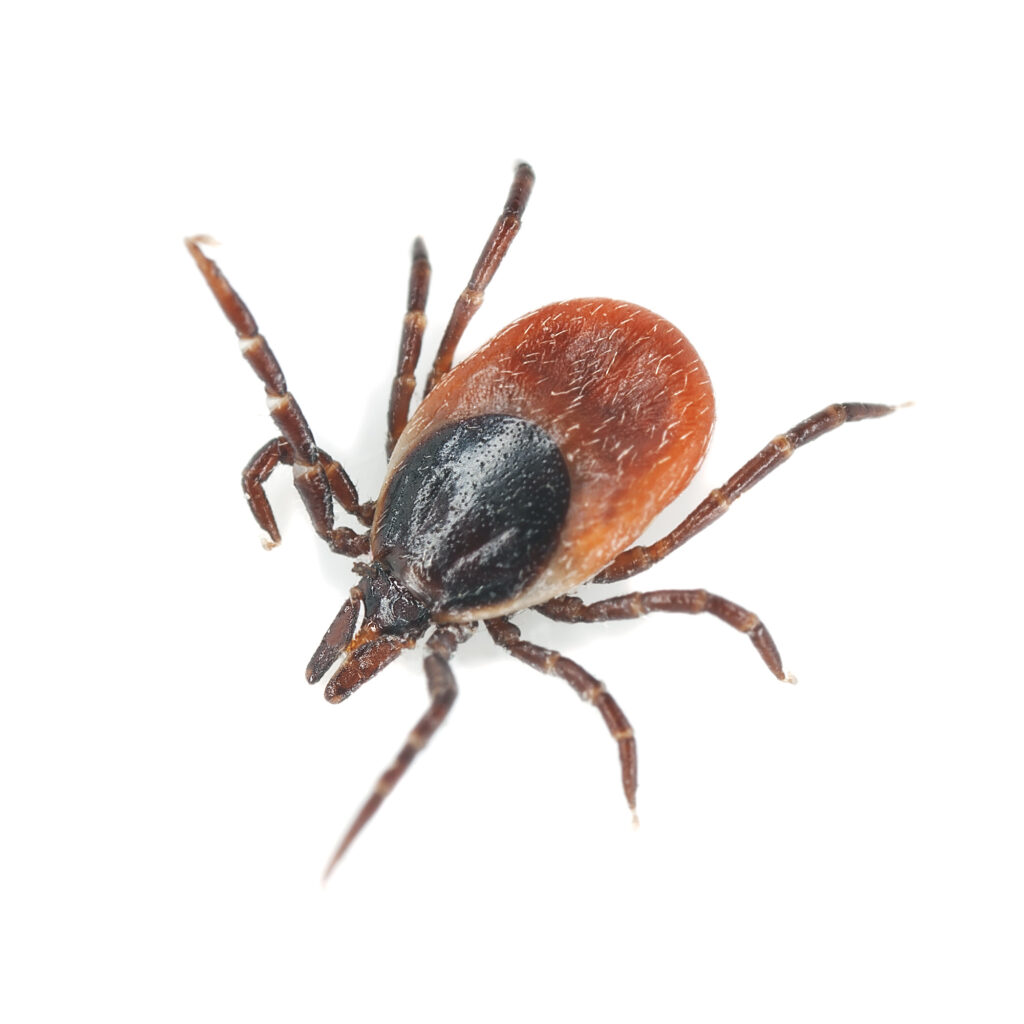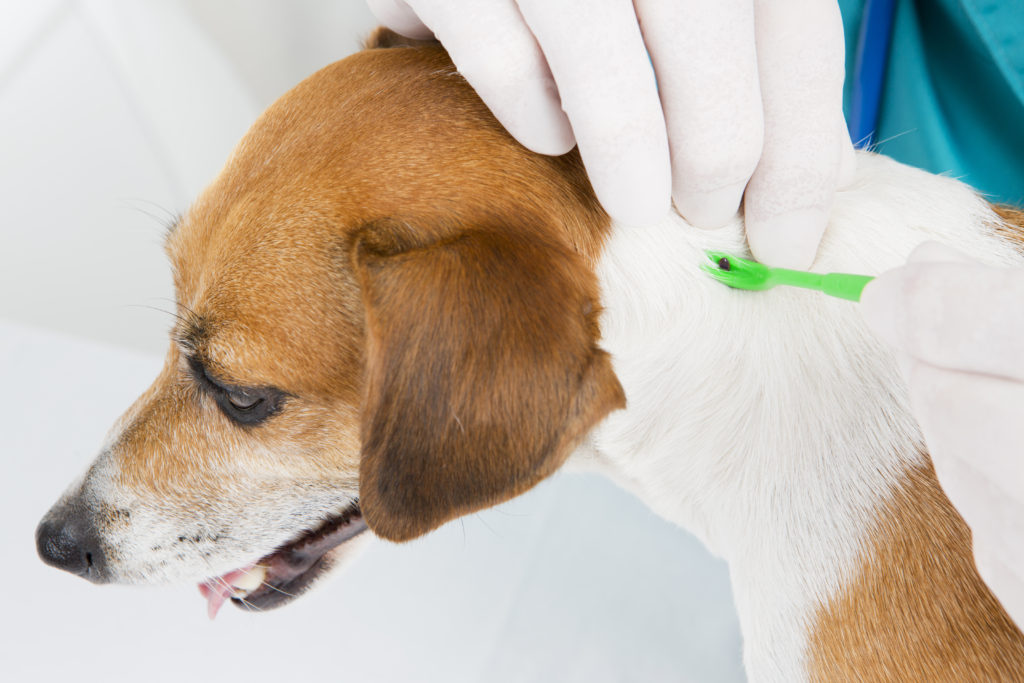It’s almost that time of year again! So be prepared, eventually, the sun will be shining bright, the flowers are blooming, we can go on hikes without being rained on, and the fleas and ticks are extra active! Soon the flea and tick aisles at your local pet store will be barren as people frantically look for the solution to get rid of these tiny demons. Just writing on this topic is making my skin crawl, but with the weather will eventually be warming up, it is time to start talking about what fleas and ticks are, why they’re so dangerous, how to spot them and how to prevent them from putting a damper on your summer fun. Remember fleas can affect your pets year-round.
Affiliate Disclaimer: This post may contain affiliate links and we may earn a small commission when you click on the links at no additional cost to you so we can continue to provide you with helpful tips and tricks. As an Amazon Affiliate we earn from qualifying purchases. Thank you for supporting our small business.
What are fleas and ticks?
Fleas and ticks are creatures from hell! Just kidding. Fleas and ticks are two different types of bugs that feed on the blood of other animals. Both can usually be found in grassy areas and love to hide in your yard, your carpet, upholstered furniture, and of course, on your pet!
How To Spot Fleas And Ticks: Ticks are probably the easiest to spot on your pet because they are generally larger and slower than fleas, however, there are 47 types of ticks in California alone and each stage of a tick’s life cycle can drink blood. The most common human-biting hard ticks are the western black-legged tick, pacific coast tick, American dog tick, and the brown dog tick. All four of these common hard ticks are oval and flat when unfed.
Fleas tend to be a lot harder to spot because of how small and quick they are, however, the “flea dirt” that they leave behind after feeding on your fur-babies. “Flea dirt” or flea poop, is black and turns red in water since all it is is digested blood. Generally, for every one flea that you see, there are thousands of fleas that you do not see, so if you do spot a flea hopping along your pet’s back show no mercy on the little pests.

Why Fleas And Ticks So Dangerous: Unfortunately, fleas and ticks are not just teeny little inconveniences that we can shake our fists at and move on with our day. Fleas and ticks can cause uncomfortable side effects and, potentially, serious health problems to our pets. Because fleas and ticks both feed on blood to survive, both fleas and ticks can cause anemia in extreme cases such as a major infestation or in cases of small puppies and kittens. Fleas can cause allergic reactions and/or extreme itching that may lead to hot spots( fur loss, red, irritated skin, potential wounds from scratching) on your pet. Fleas also risk infecting your pet with tapeworms, which are another type of parasite that can cause health issues in your pet. Ticks can also cause irritation to the skin, allergic reactions, and infections (from untreated wounds caused by the tick’s bite) however they are most notorious for risking you and your pet with Lyme disease. Although it is uncommon in California, there have been cases of Lyme disease in both pets and pet owners.
How To Get Rid Of Fleas And Ticks
Getting rid of a flea infestation is a struggle and a half and even worse when you don’t consider all of the places fleas like to hide! Be sure that, when you treat for fleas, you treat your pet, your home, and if you have one- your yard! Even then, sometimes multiple treatments of your home are necessary to eradicate your tiny trouble makers.
Ticks are typically less difficult to treat. You can use a pair of tweezers or a Tick Tornado to gently remove the tick from your pet- make sure that the entire tick is removed-place the tick in alcohol to kill it, and disinfect the wound.
Flea And Tick Prevention: There’s a long list of flea and tick prevention medications out there, each with its advantages and disadvantages. I personally use Seresto’s Flea and Tick Collar for my cat. Seresto also makes flea and tick collars for dogs as well. It’s always safest to consult your vet on the medication that is right for you and your pet. No matter what products you use, be sure to follow the instructions and keep up with the prevention. To keep your pets and home flea free be sure to also treat your home and your yard. Keep your grass cut short and your home clean and tidy to avoid any extra hiding spaces for fleas and ticks to call home.

